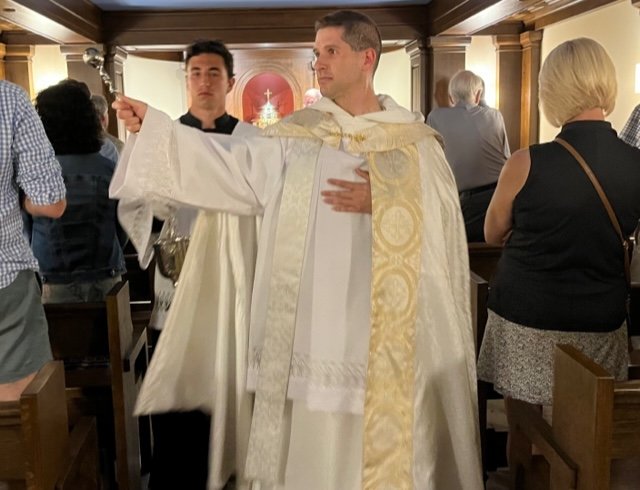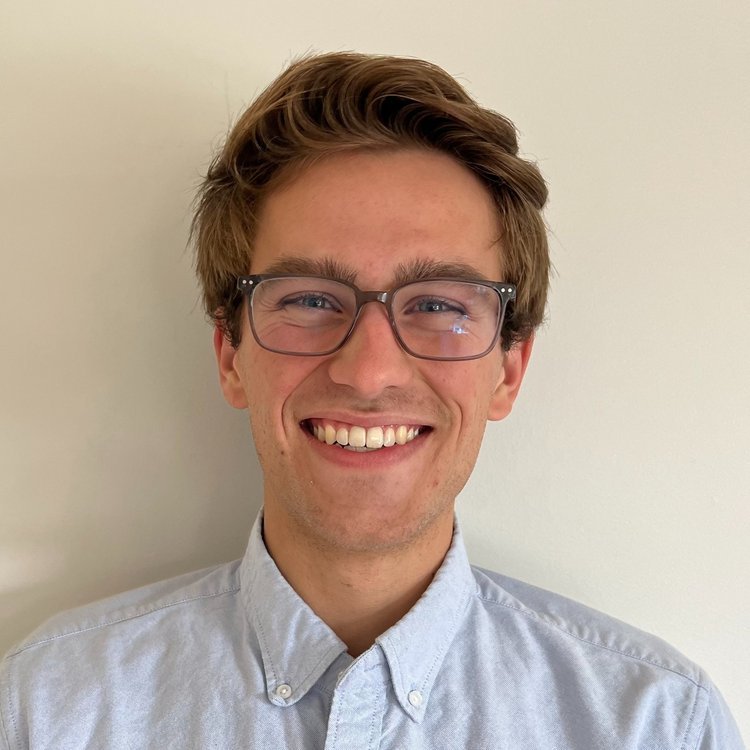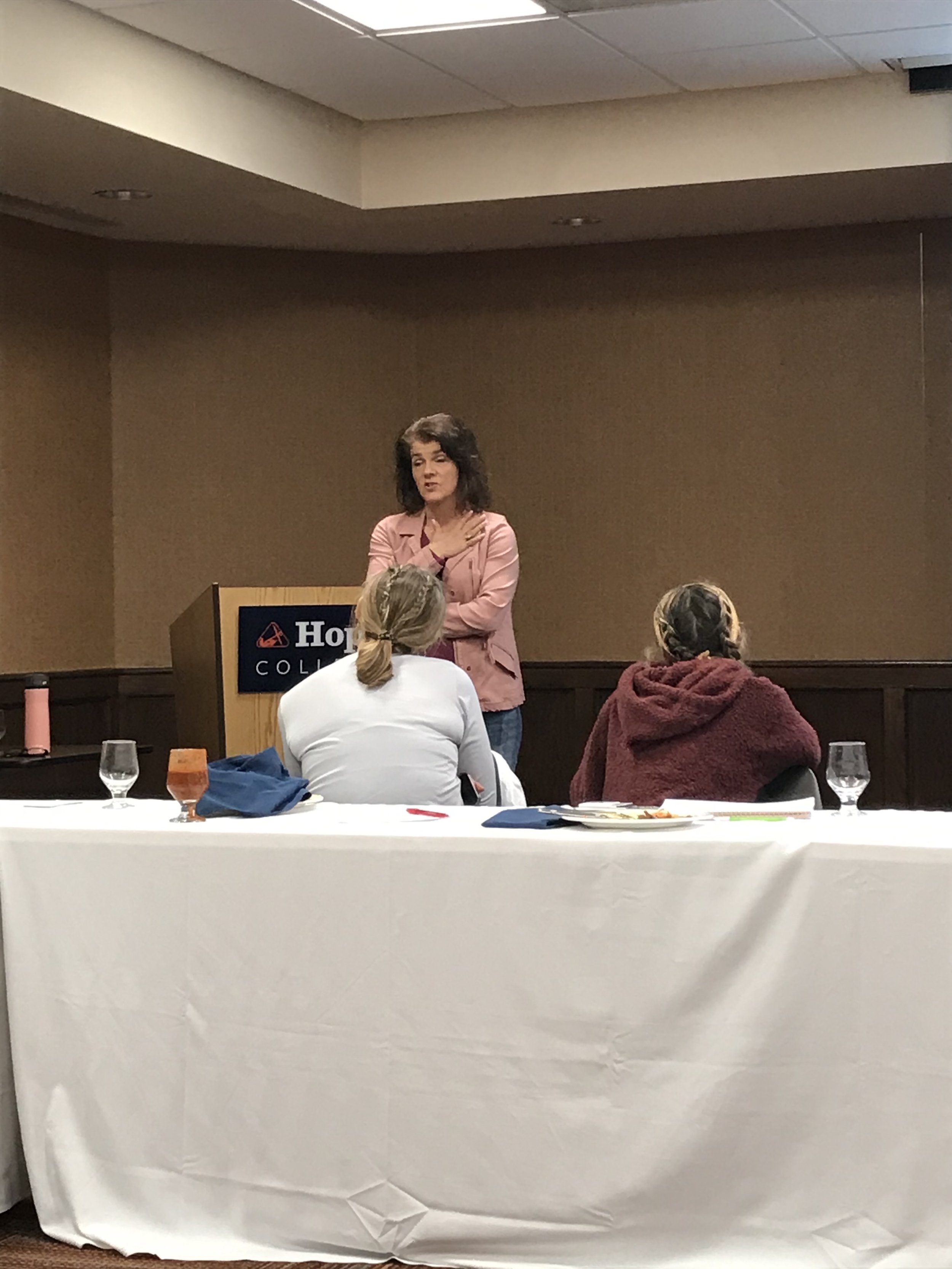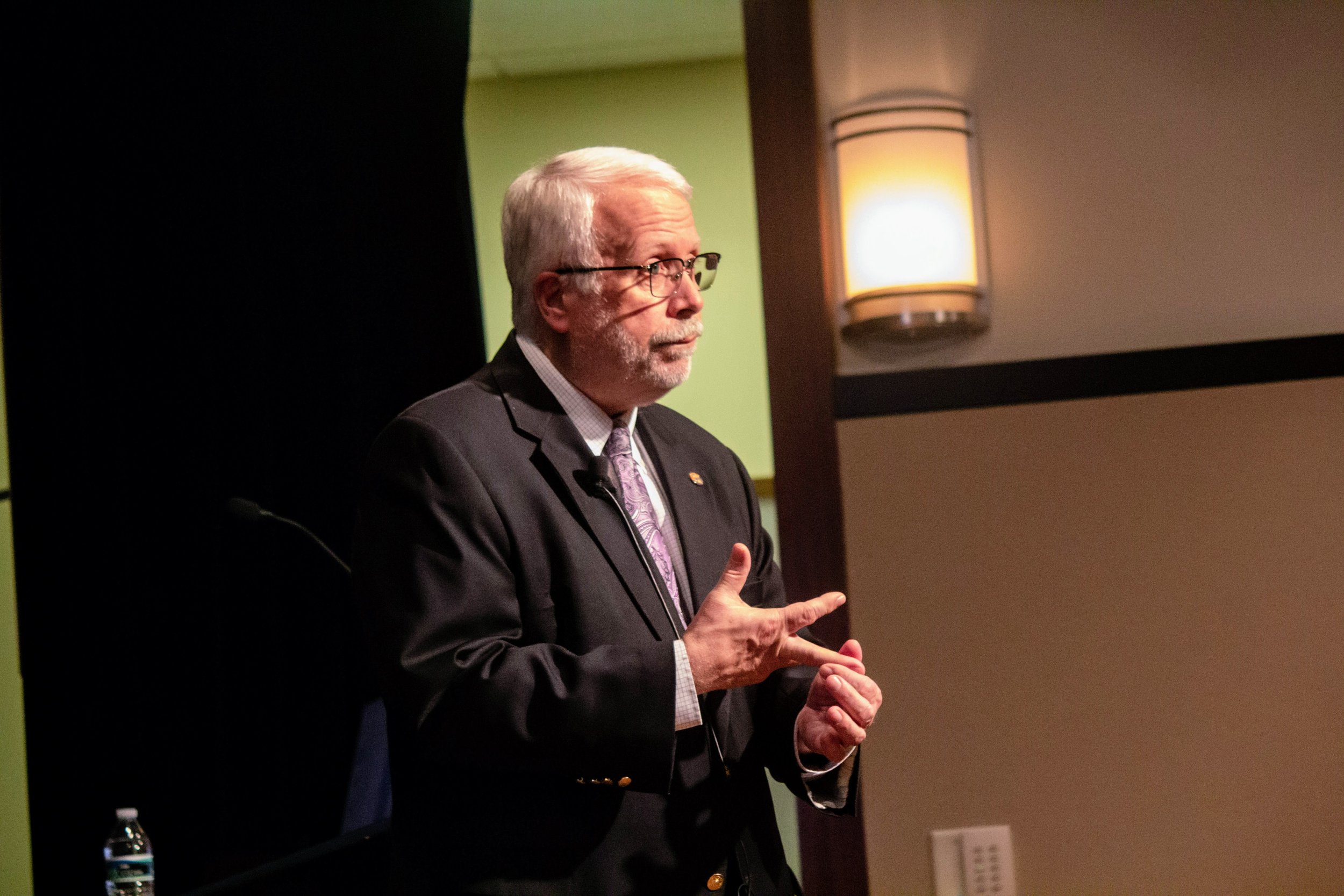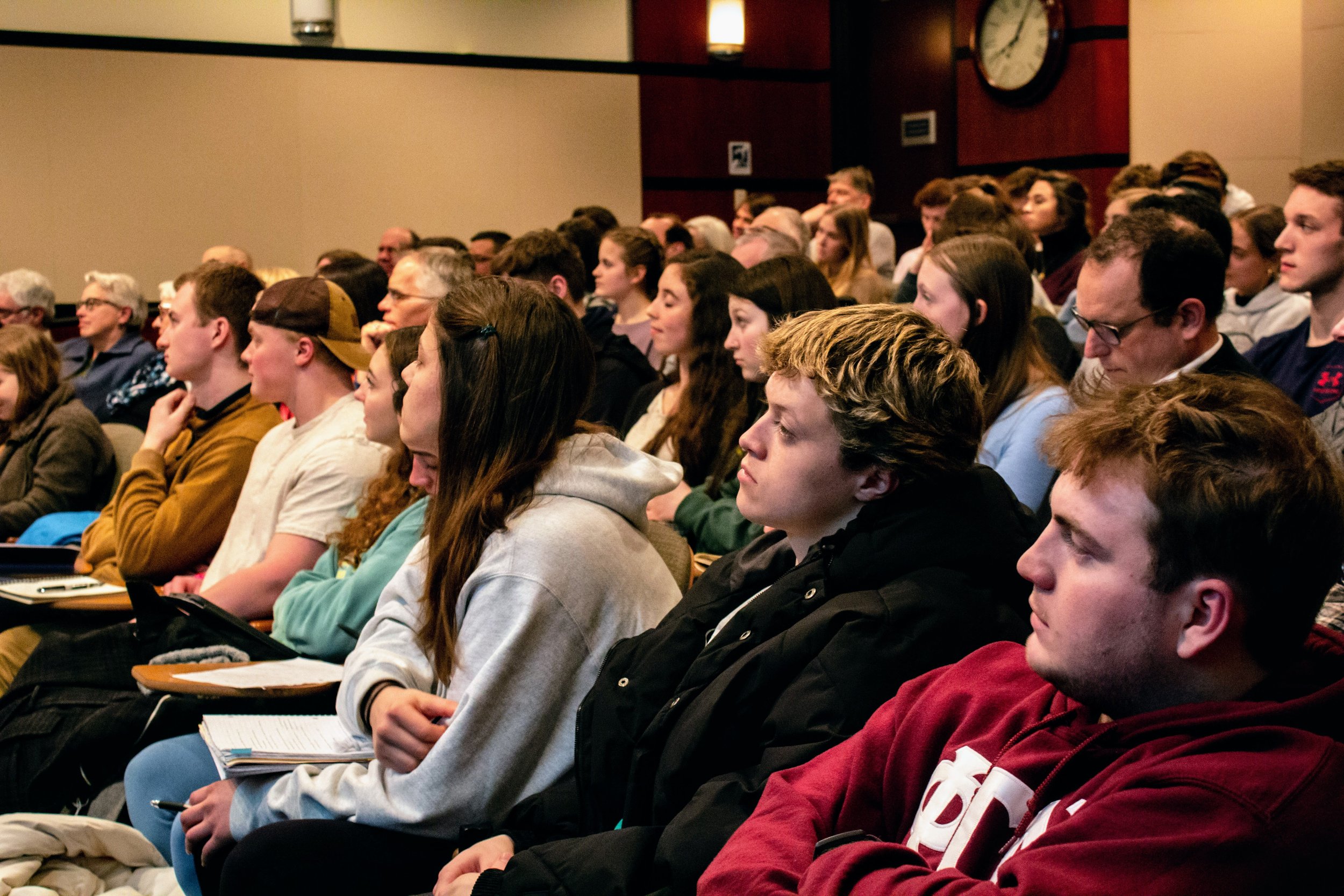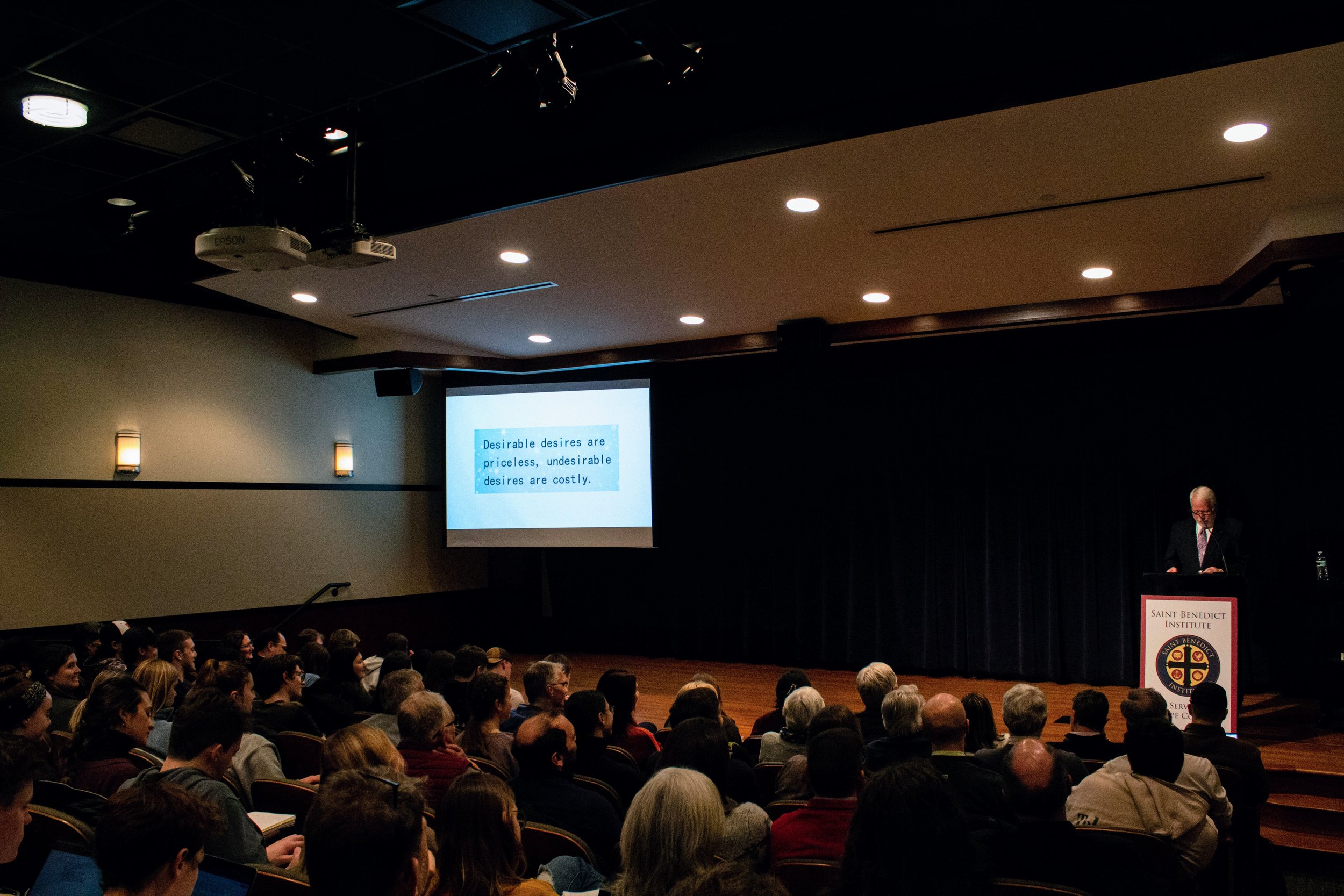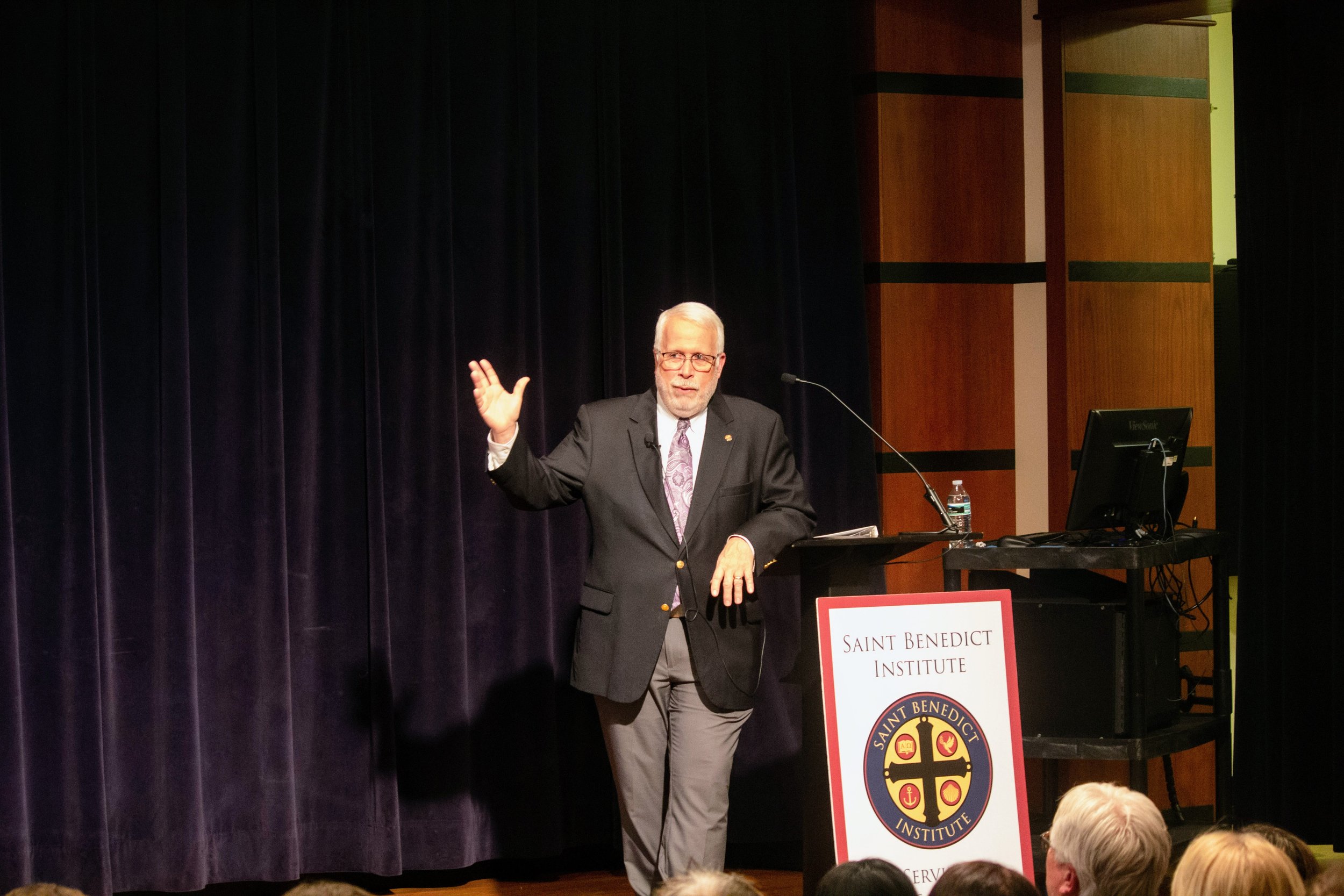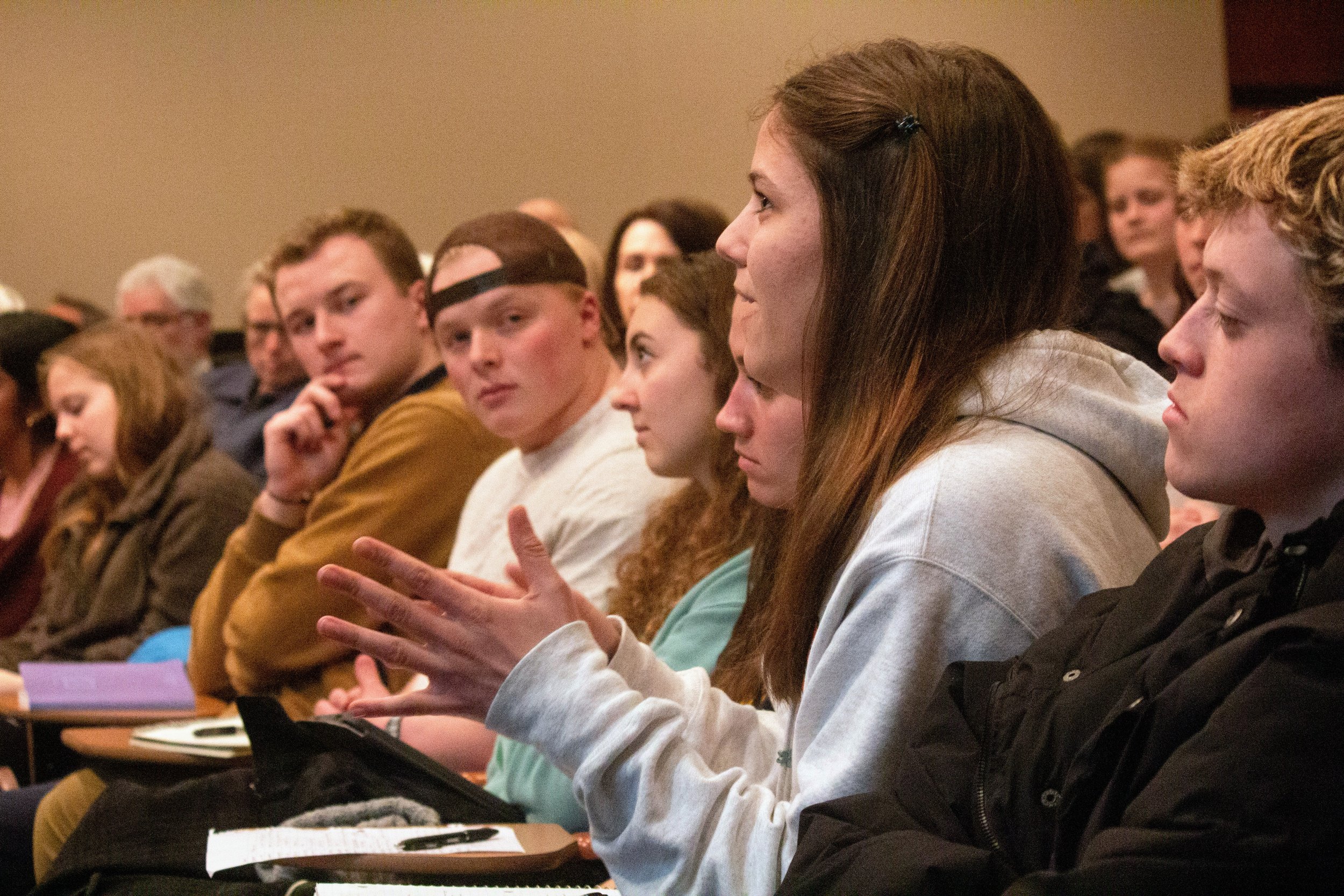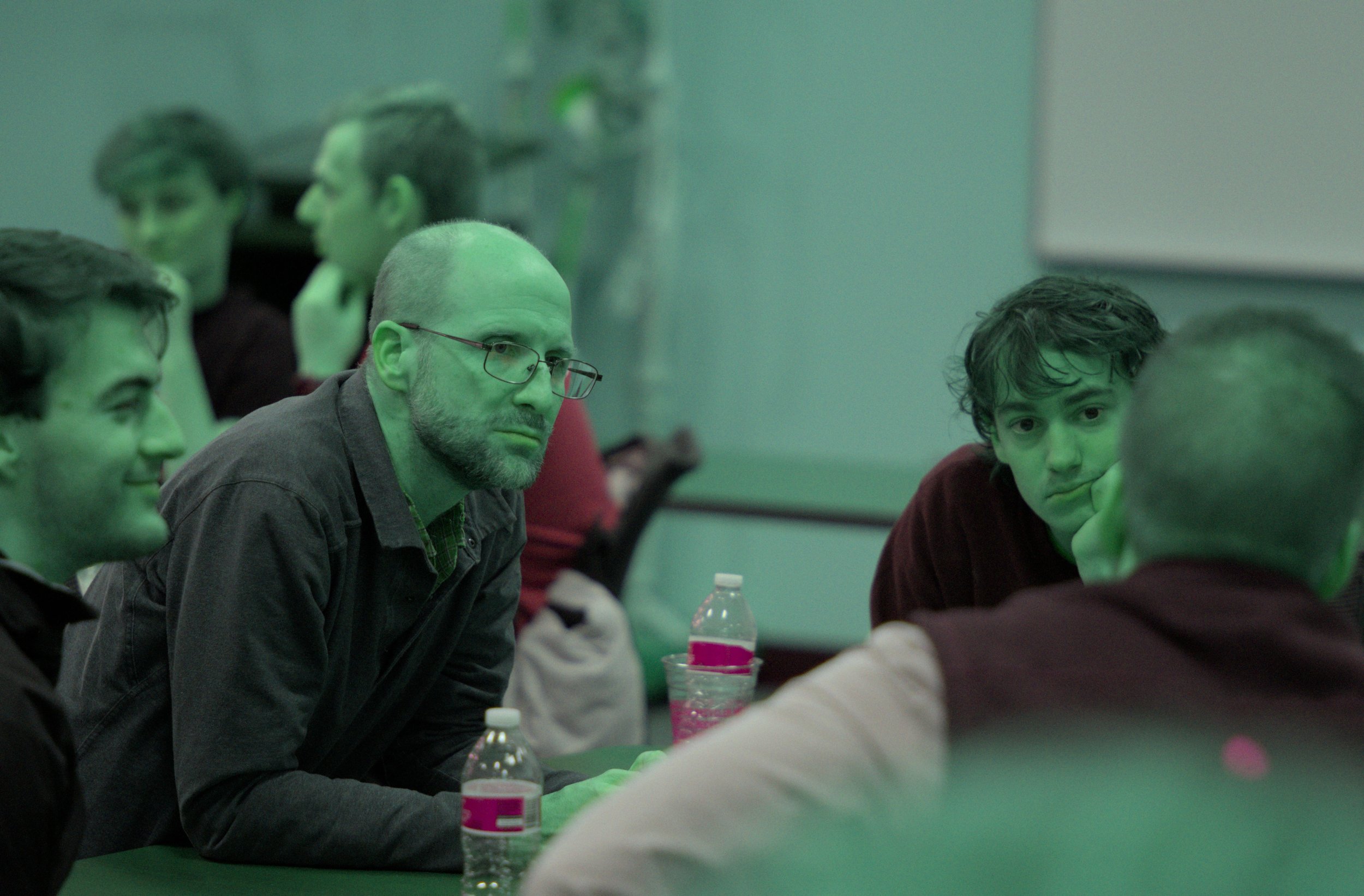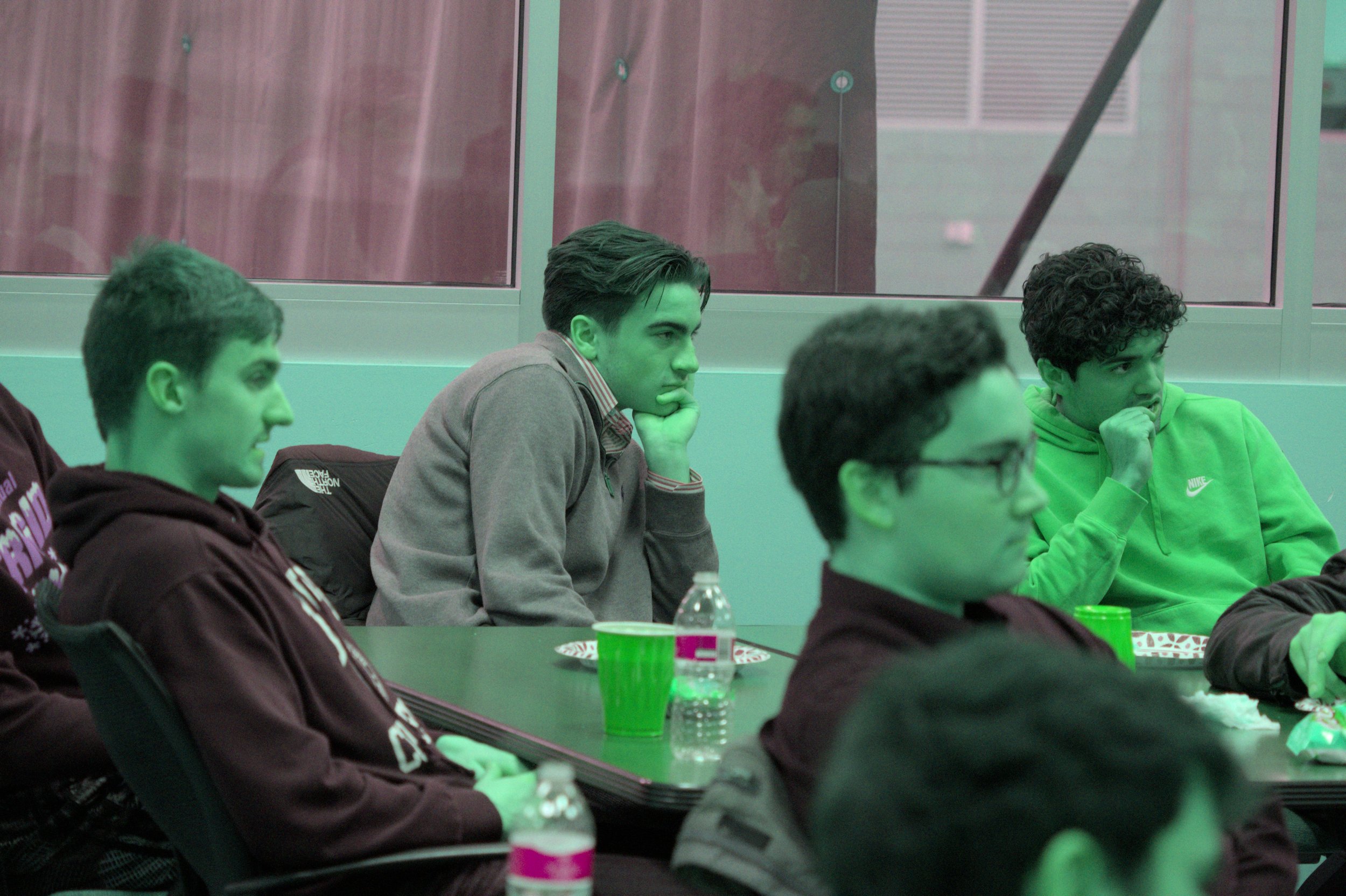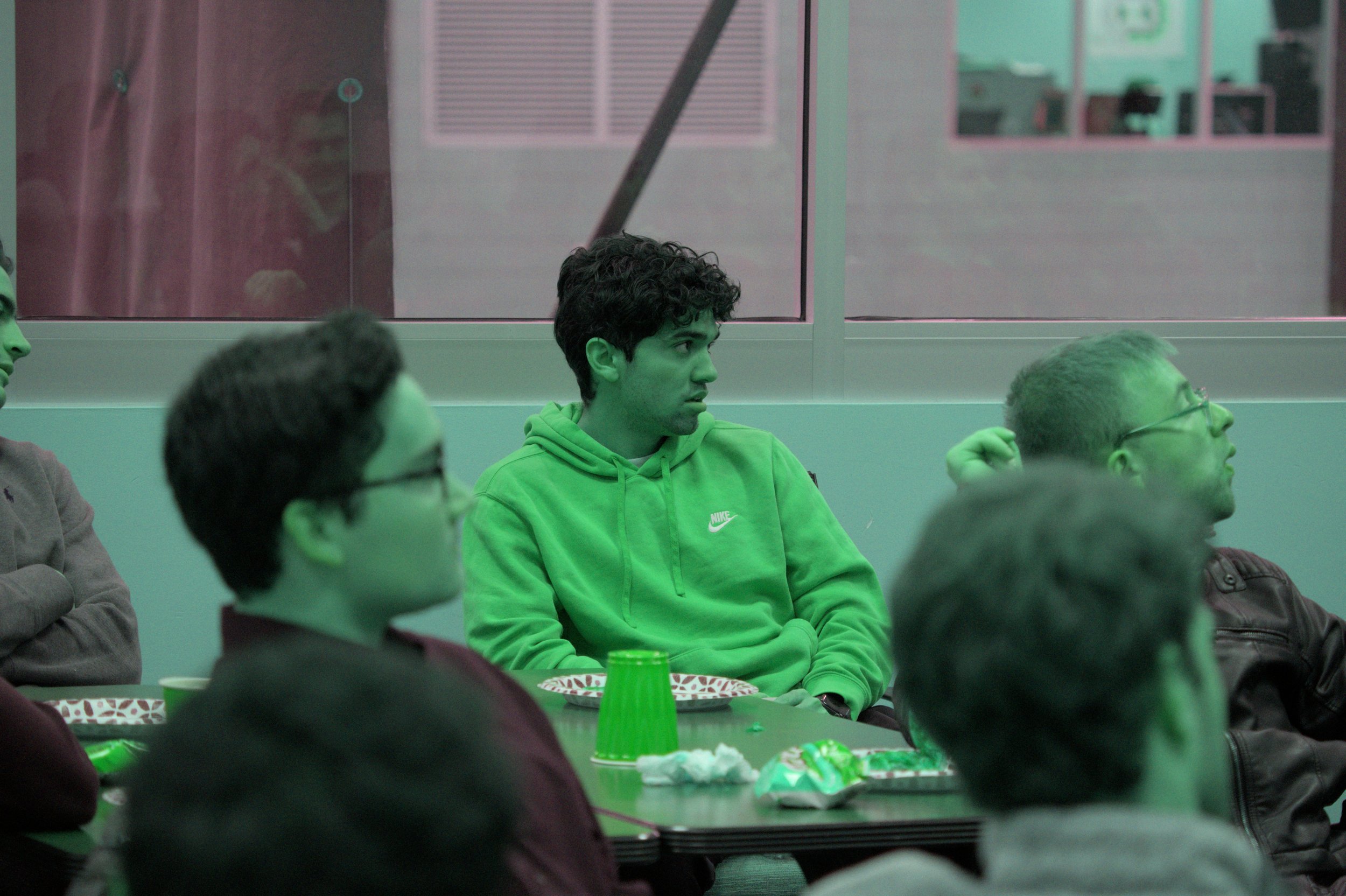The Saint Benedict Institute is hosting a fall lecture series on Creation, Evolution, and Our Place in the Cosmos. The goal of this series is to show that faith has nothing to fear from science but is actually in harmony with it and can even encourage our Christian convictions. The speakers will serve as models of faithful Christian scientists who demonstrate the harmony of faith and reason. These events will show students a different way of reading Scripture and thinking about science. Two faithful scientists will speak in this series:
Sr. Damien Marie Savino, FSE, is an environmental engineer specializing in restoration ecology, ecology and theology, and science and theology. She is the Dean of Science and Sustainability at Aquinas College in Grand Rapids, MI. Sr. Damien Marie will present What Is Man That You Are Mindful of Him? Evolution, Ecology, and Faith. She will focus on the anthropological dimension of the evolutionary question.
Stephen Barr is Professor Emeritus in the Department of Physics and Astronomy of the University of Delaware and former Director of its Bartol Research Institute. He is the President of the Society of Catholic Scientists and author of Modern Physics and Ancient Faith (University of Notre Dame Press, 2003). Dr. Barr will present The Big Bang, the Beginning, and Creation, a lecture that will discuss what Christian revelation, philosophy, and contemporary science have to say about the origins of the universe.
In addition to their public lectures, we are organizing meals with a select group of students, including students strong in their faith and those who are questioning. We will ask students to read a relevant article to be discussed with the speaker over an intimate meal. This will allow students to encounter faithful scientists up close, ask hard questions, and see the harmony of faith and reason in action.
Creation, Evolution, and Our Place in the Cosmos is made possible by a LeMaître Grant. In honor of Georges LeMaître, the theoretical physicist, mathematician, astronomer, and Catholic priest sometimes called the “Father of the Big Bang,” the Magi Project is pleased to award grants to support projects and events on science and religion for an undergraduate audience. Many thanks to the Magi Project for supporting this series!











